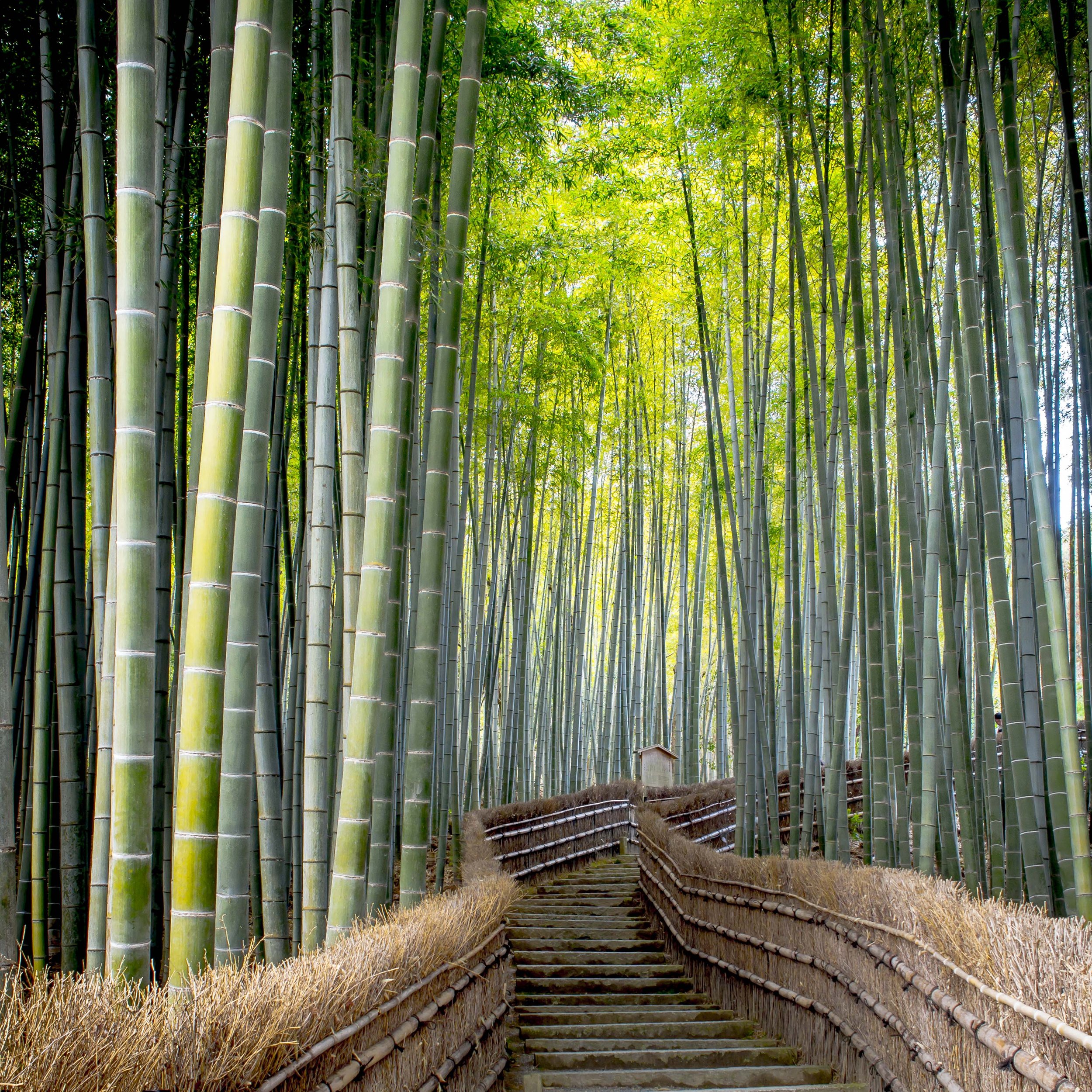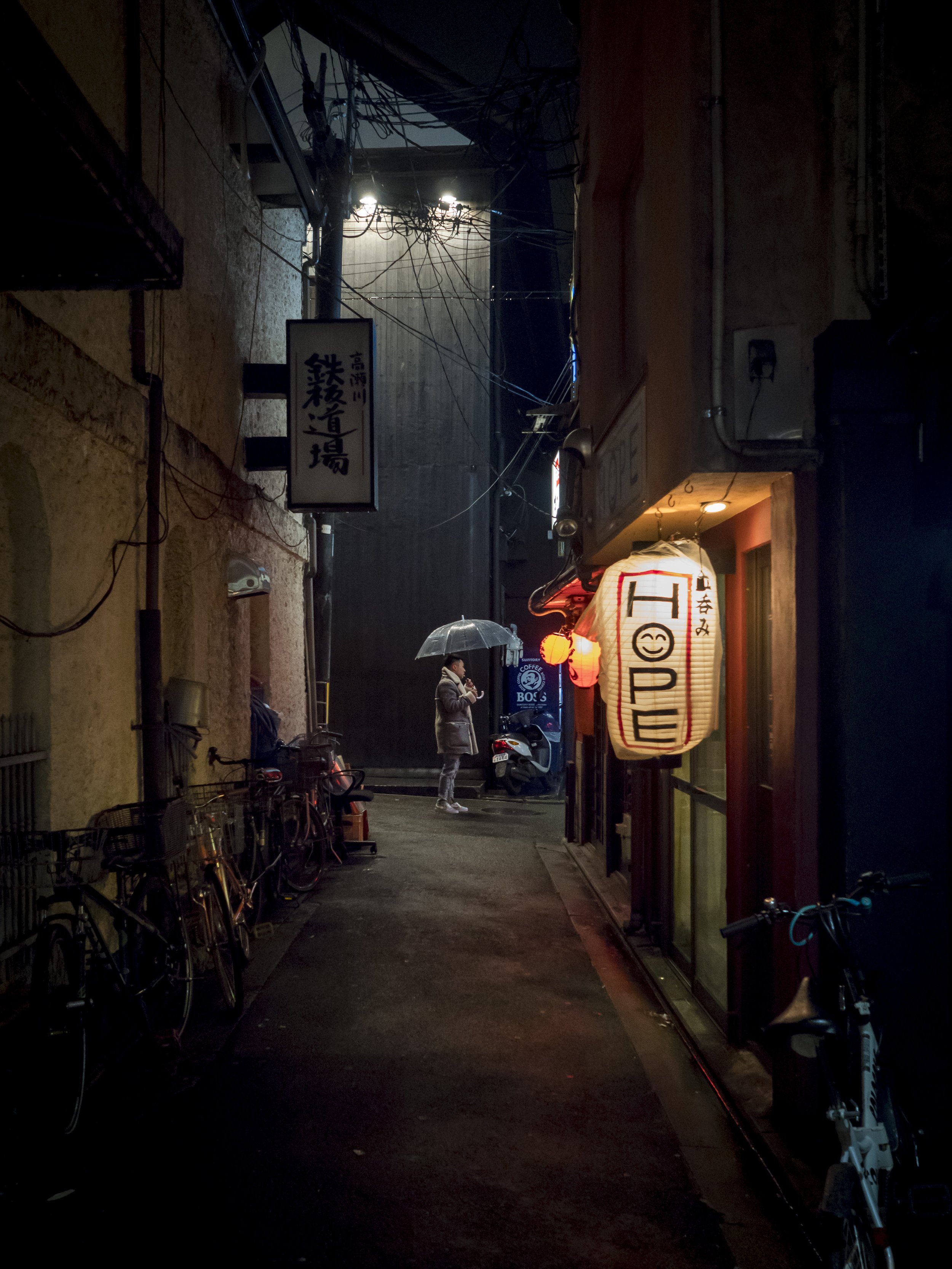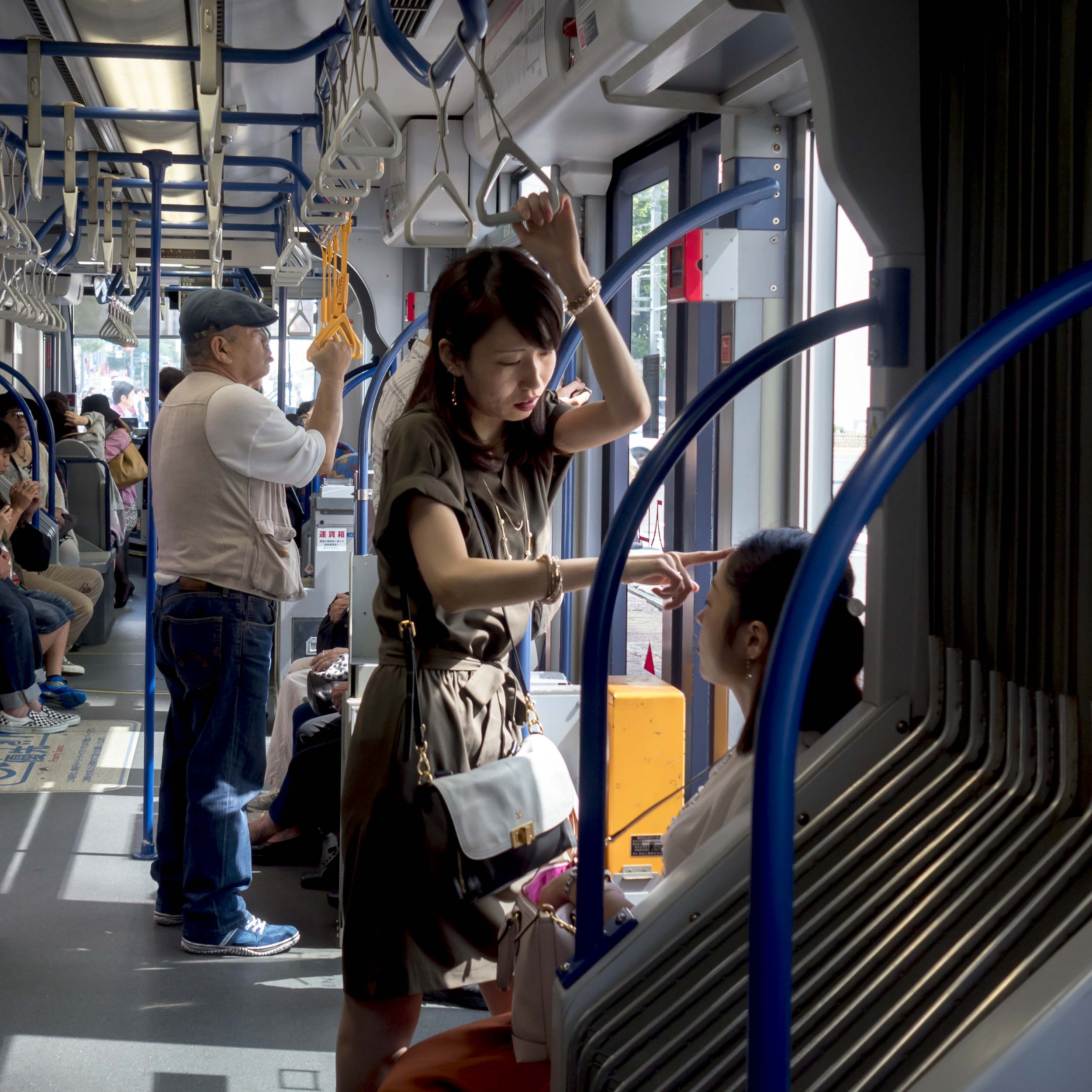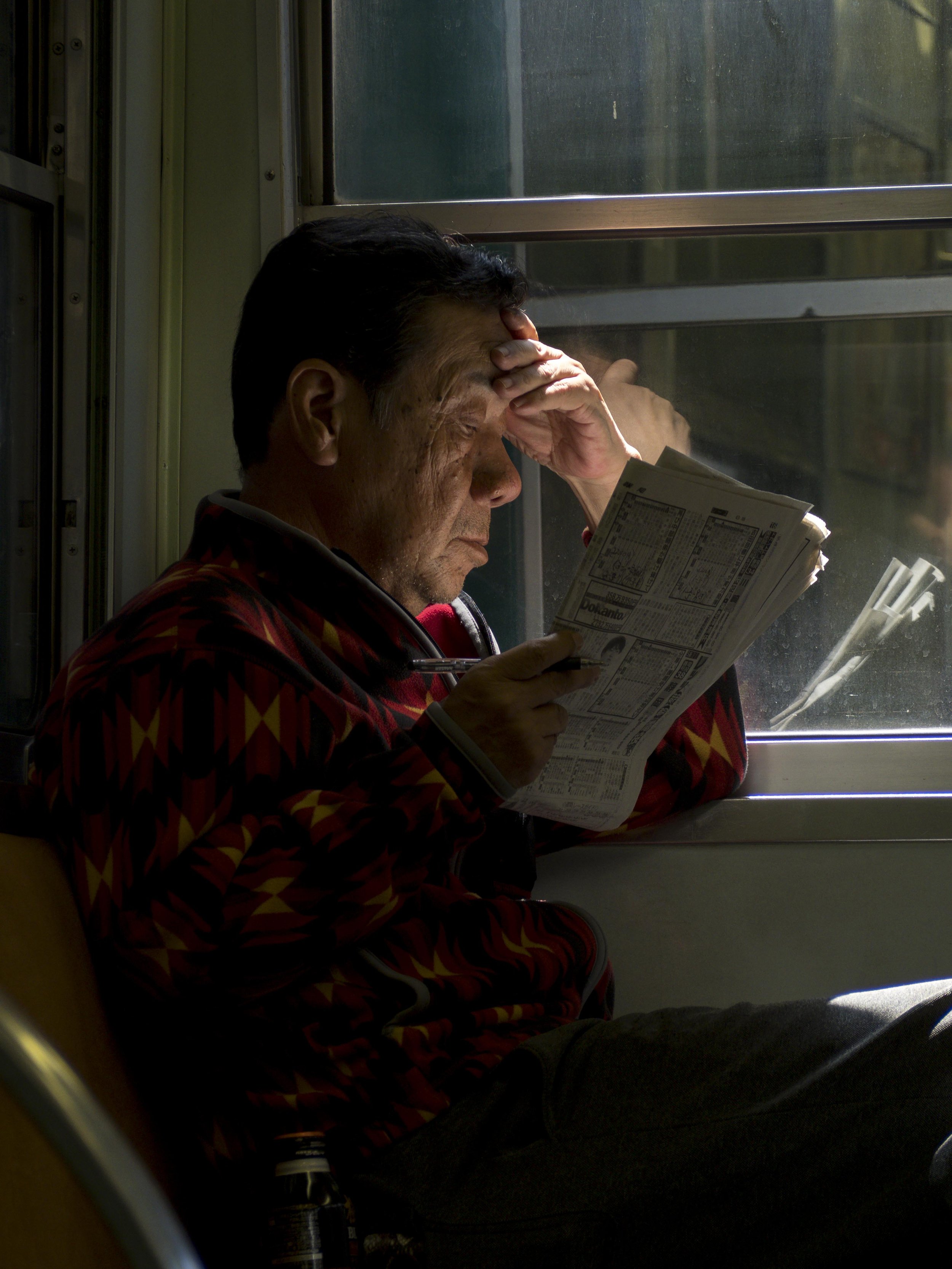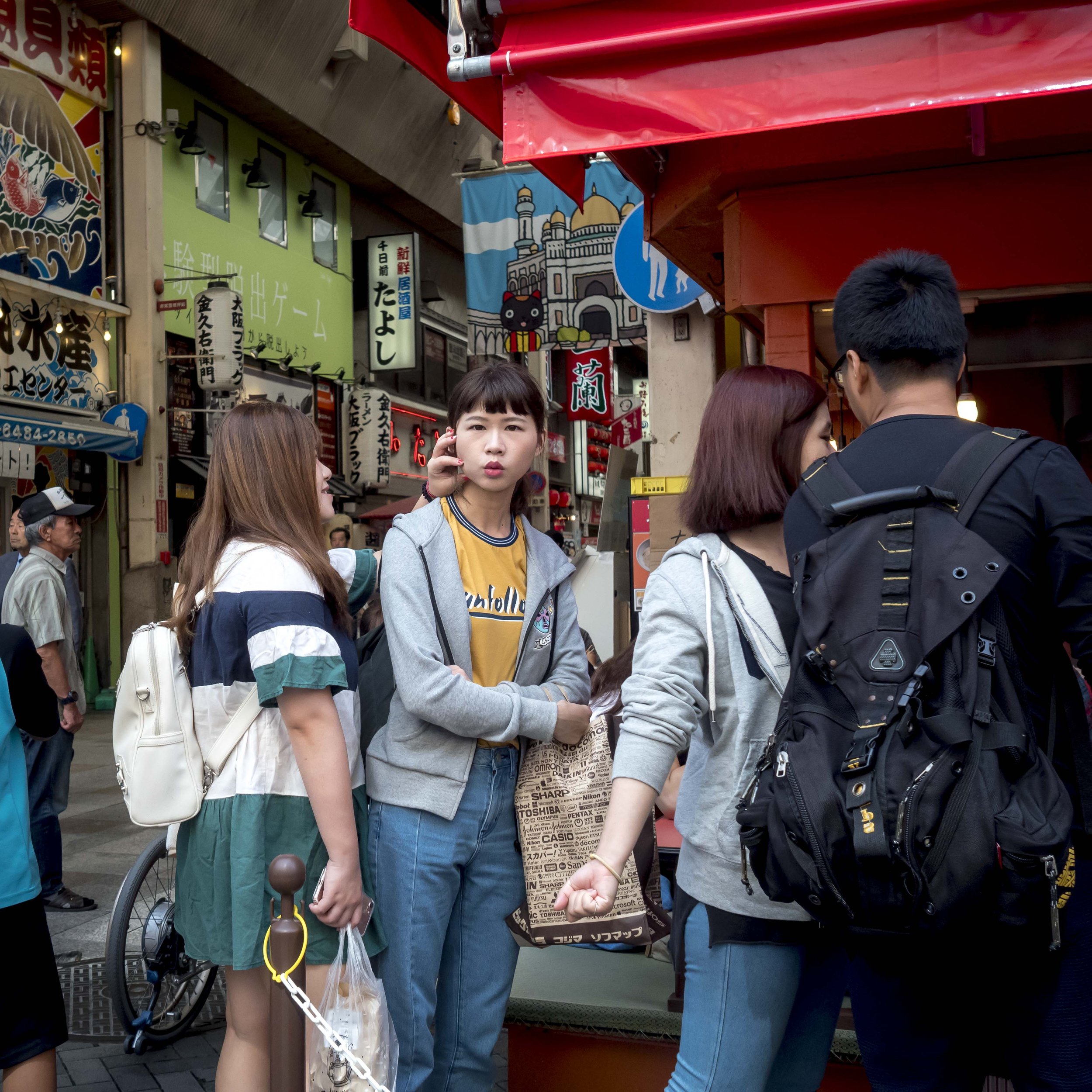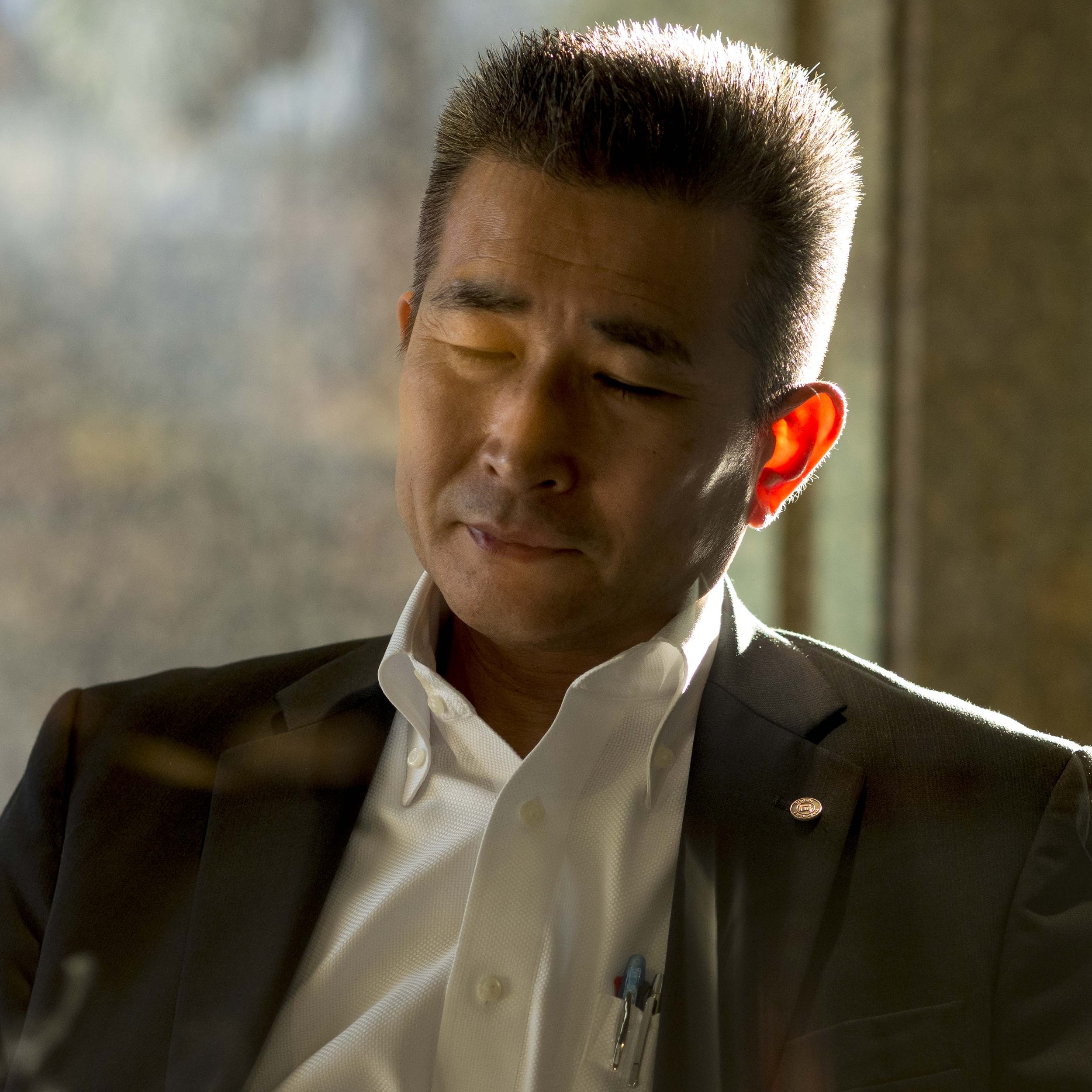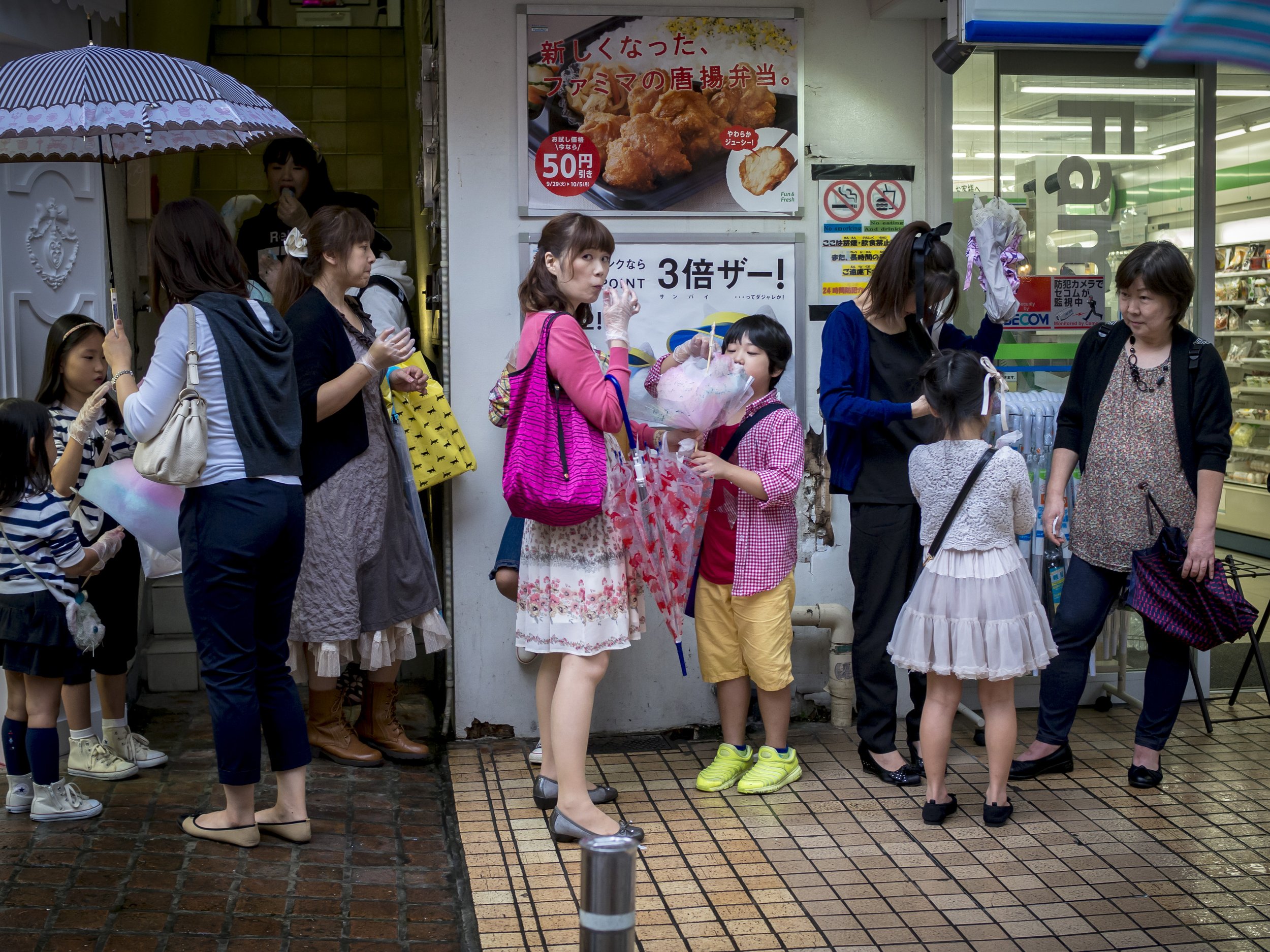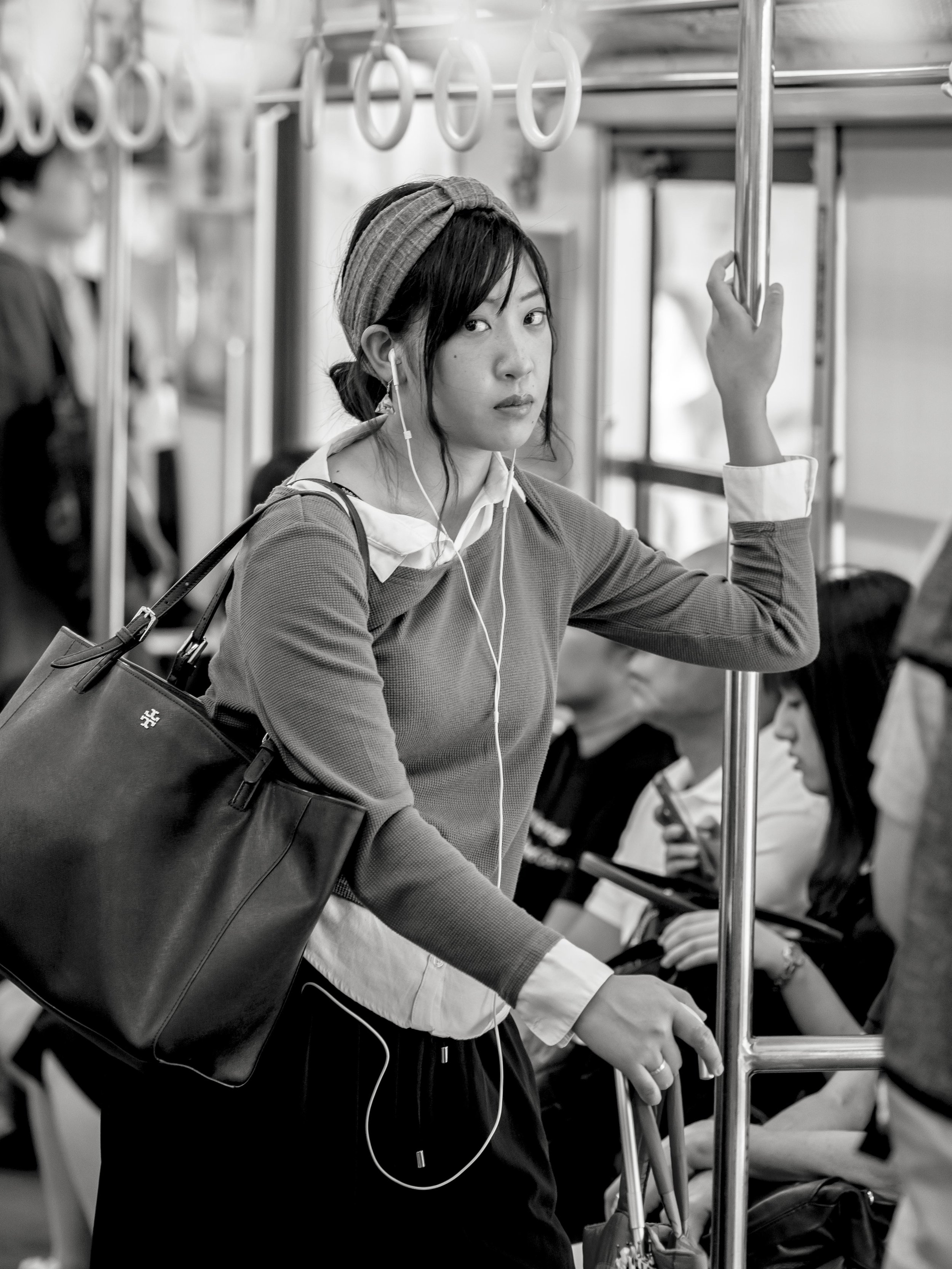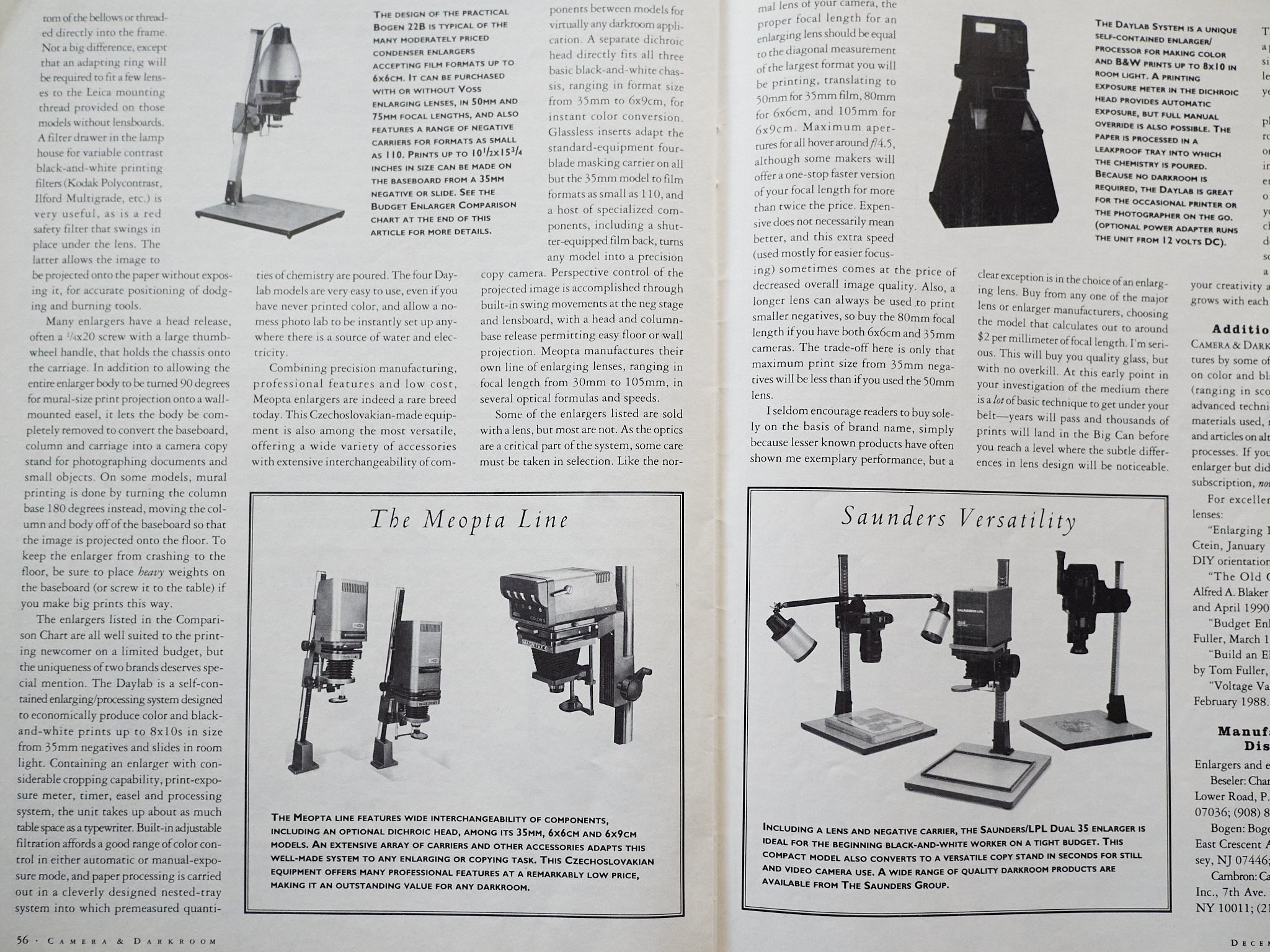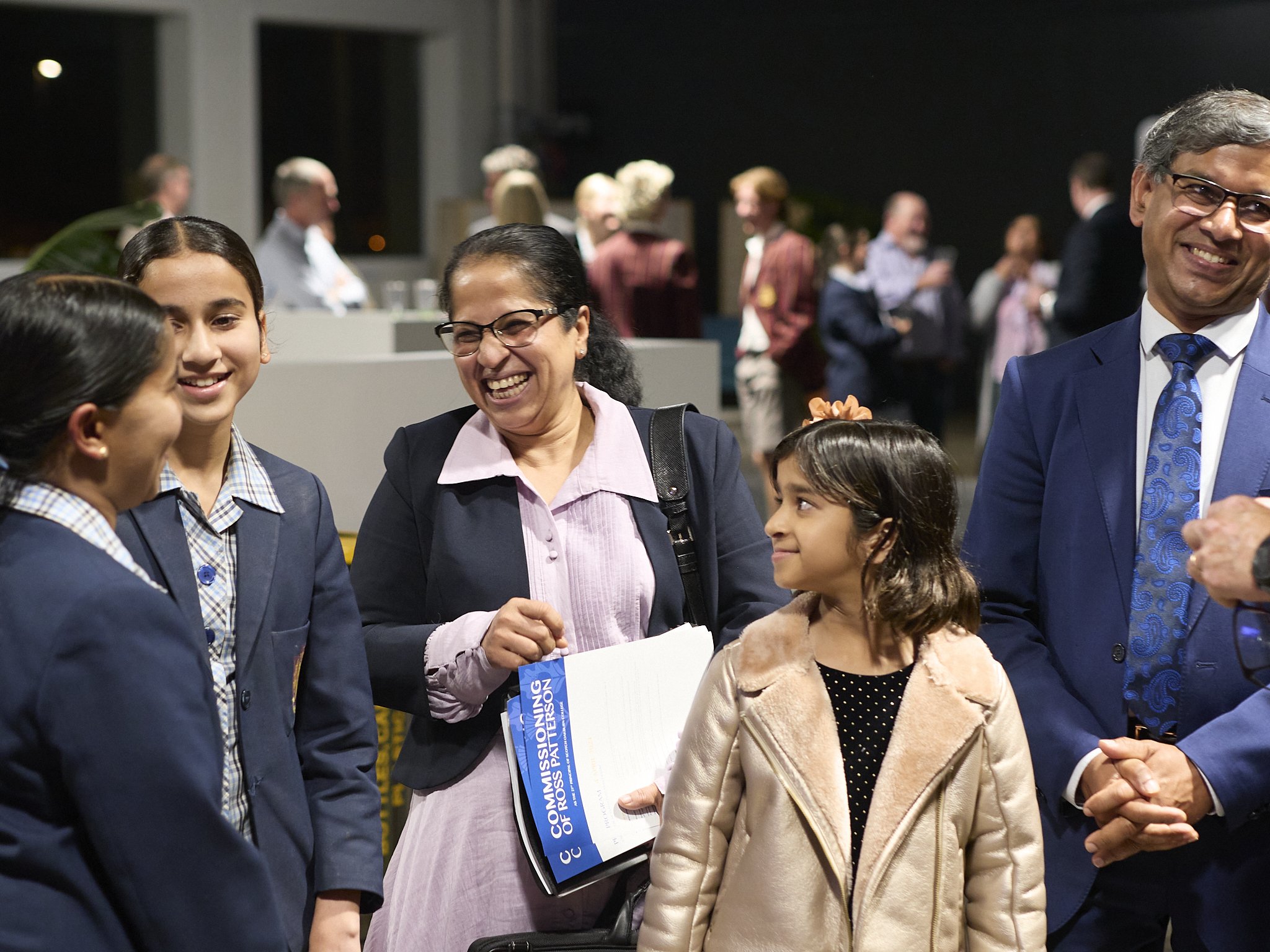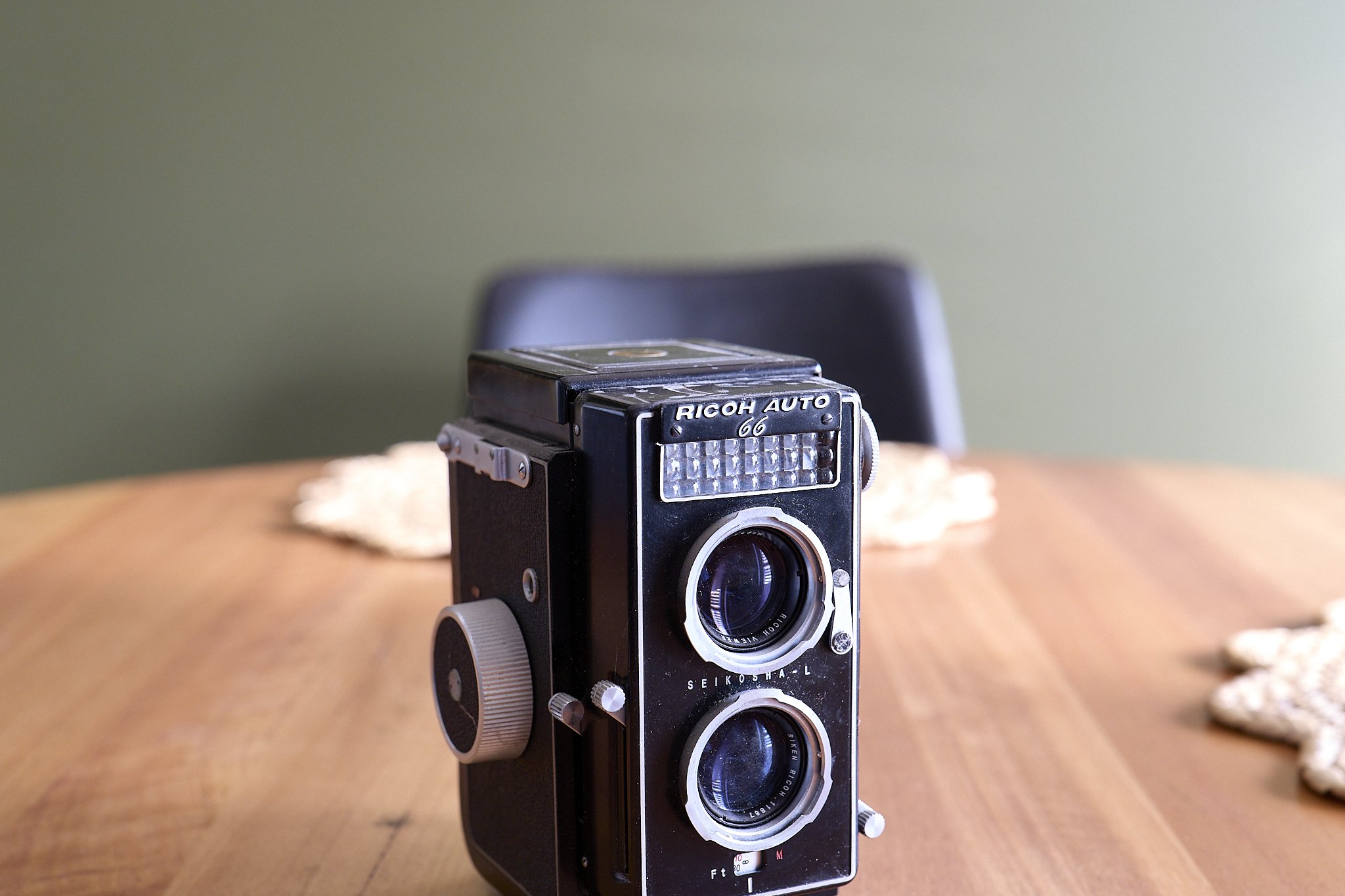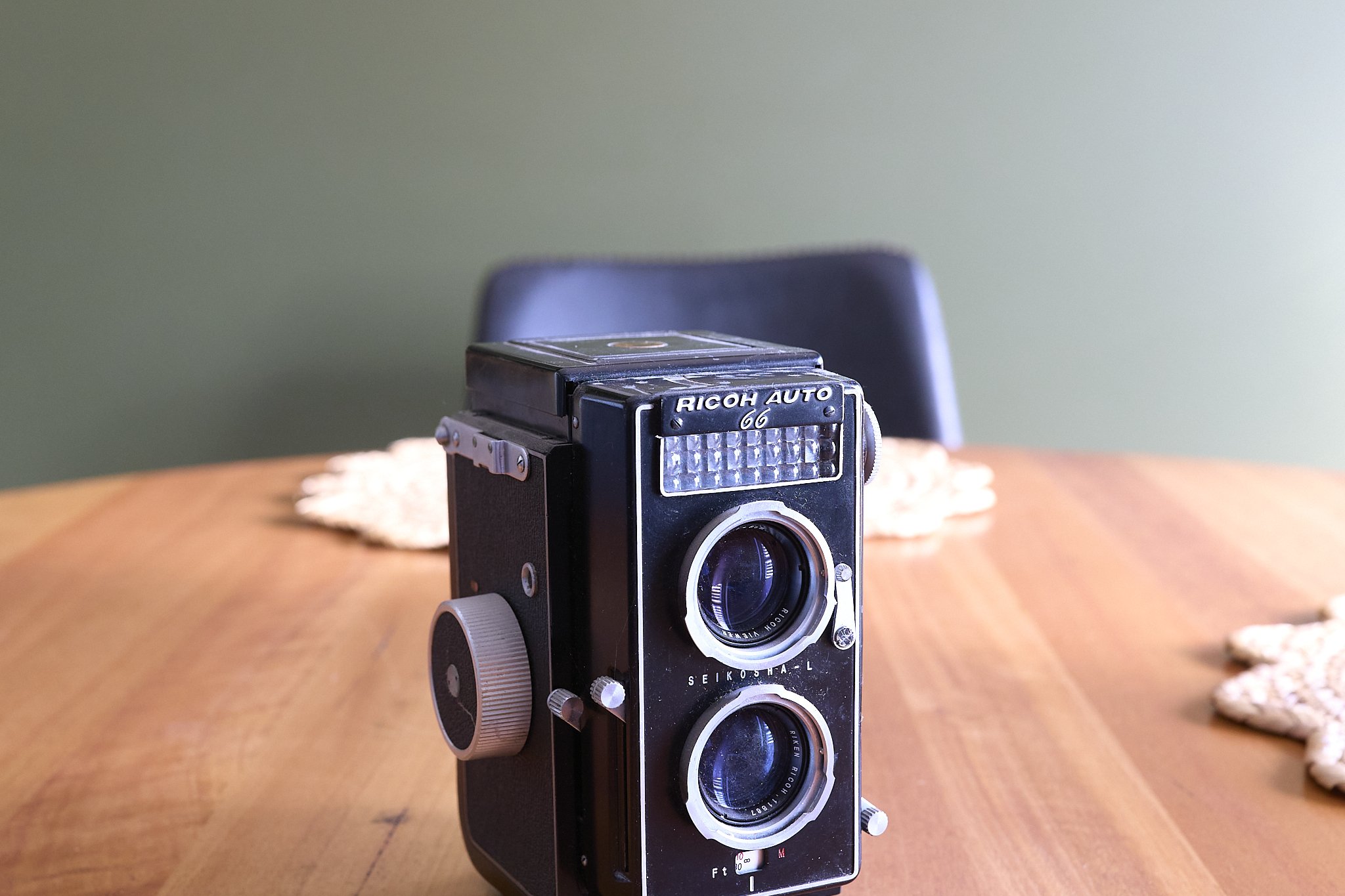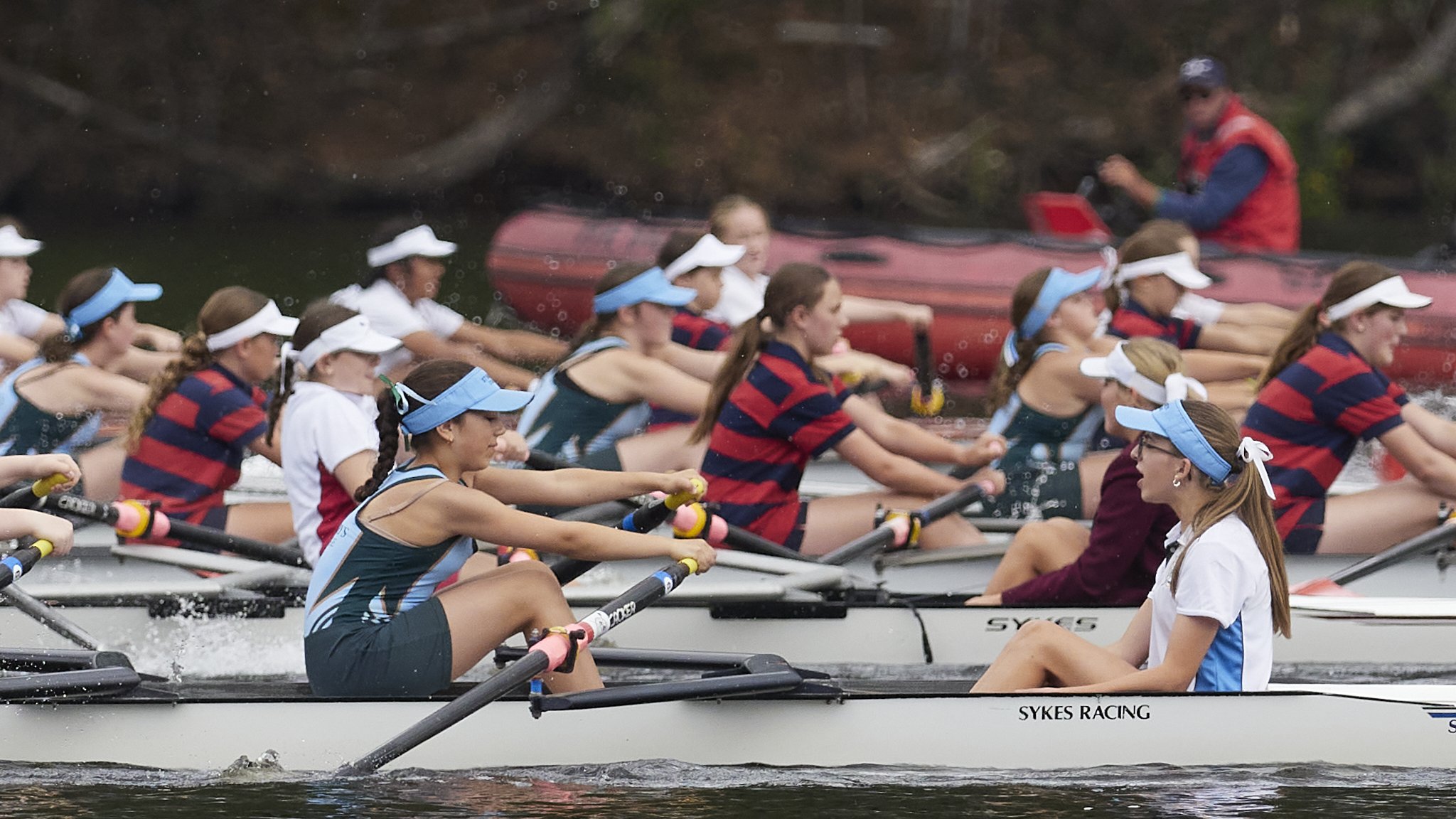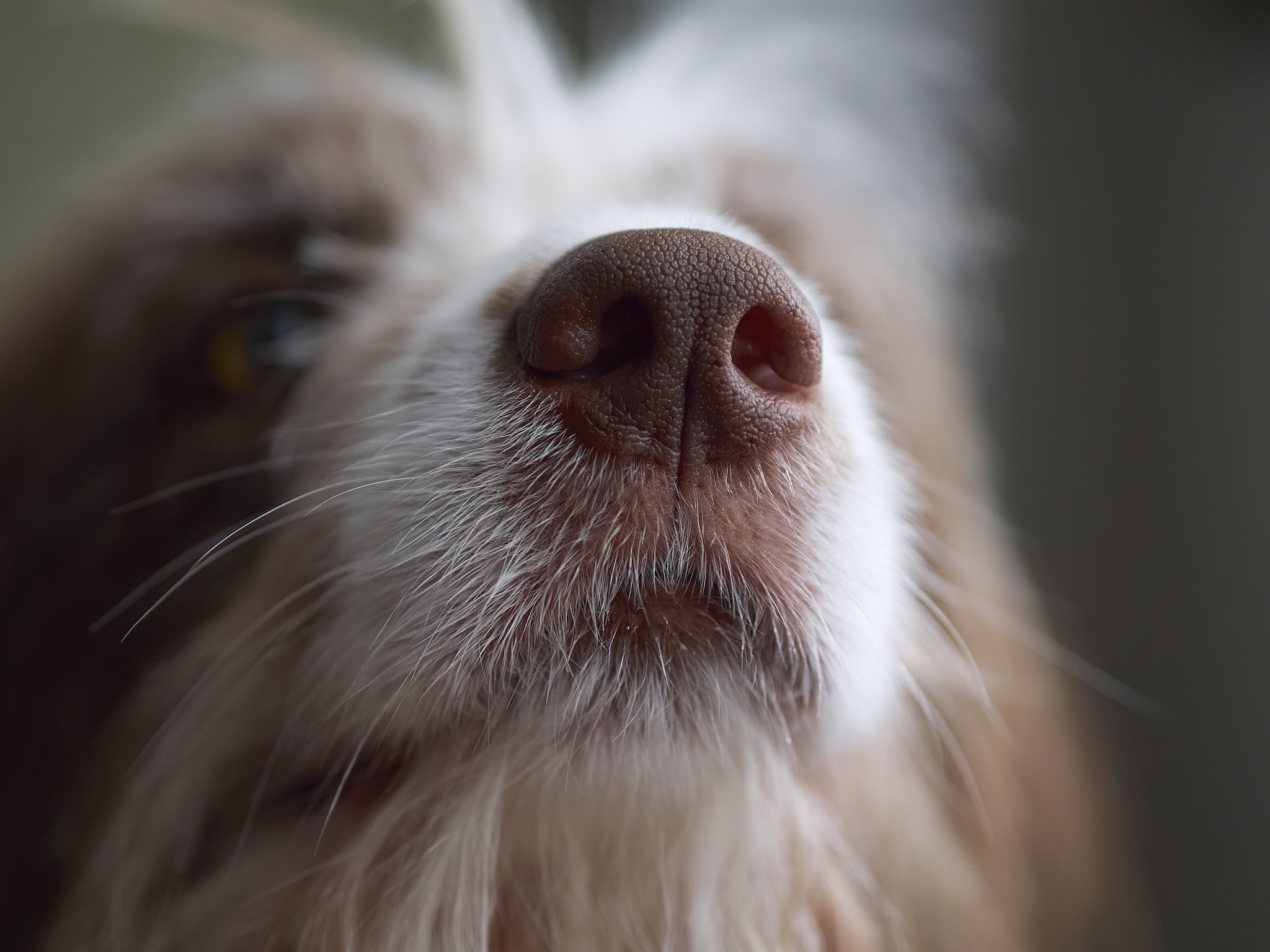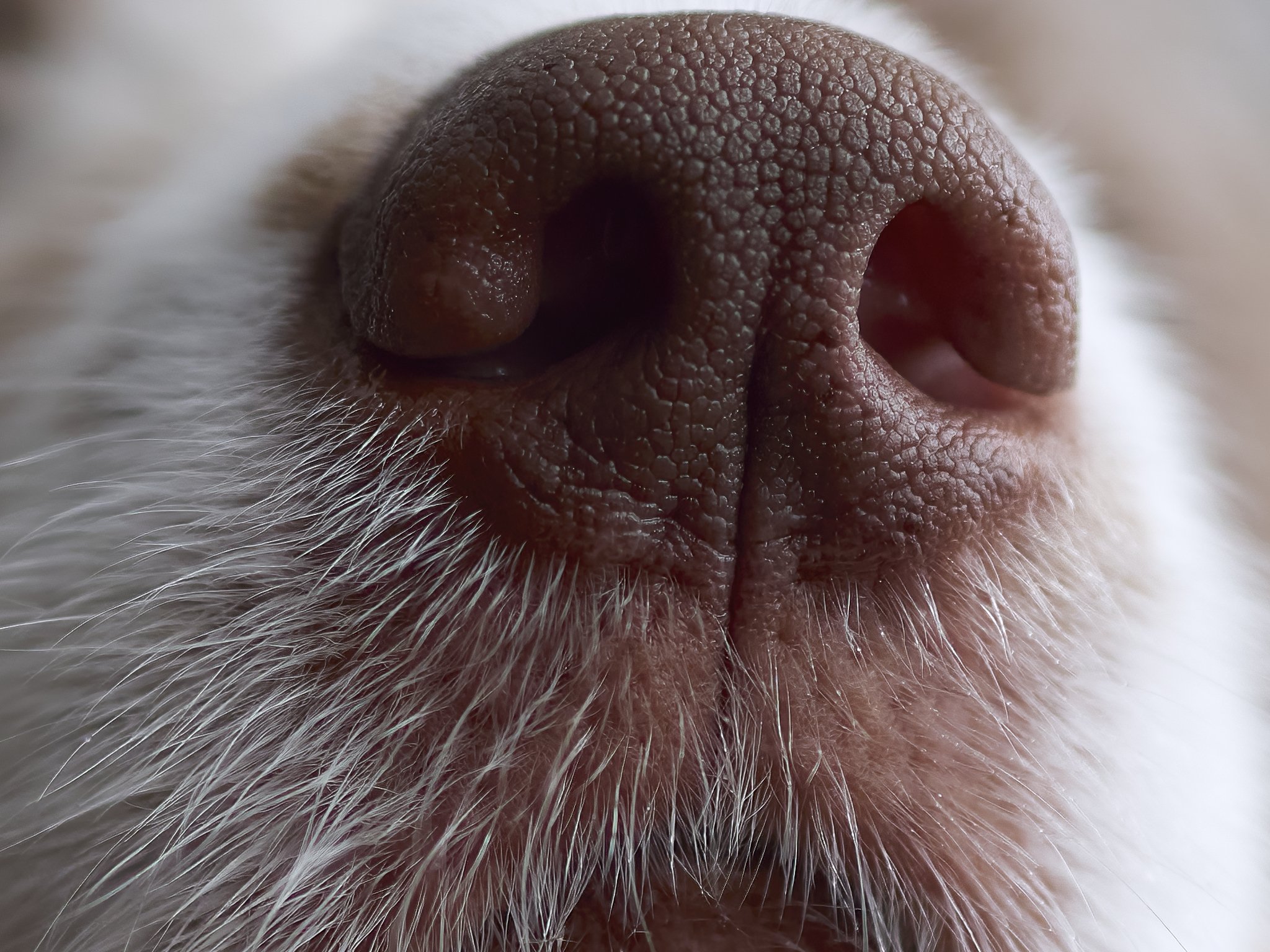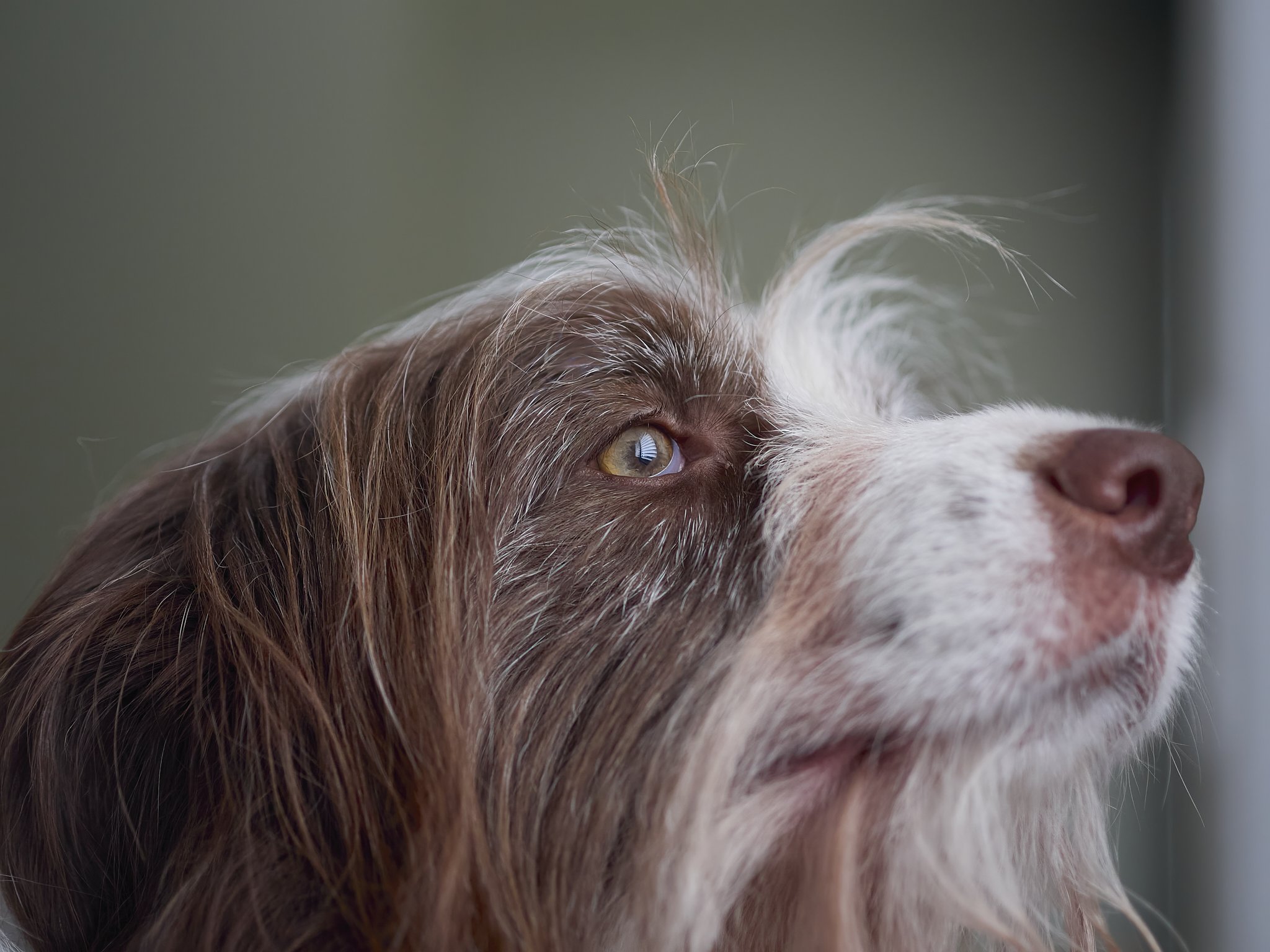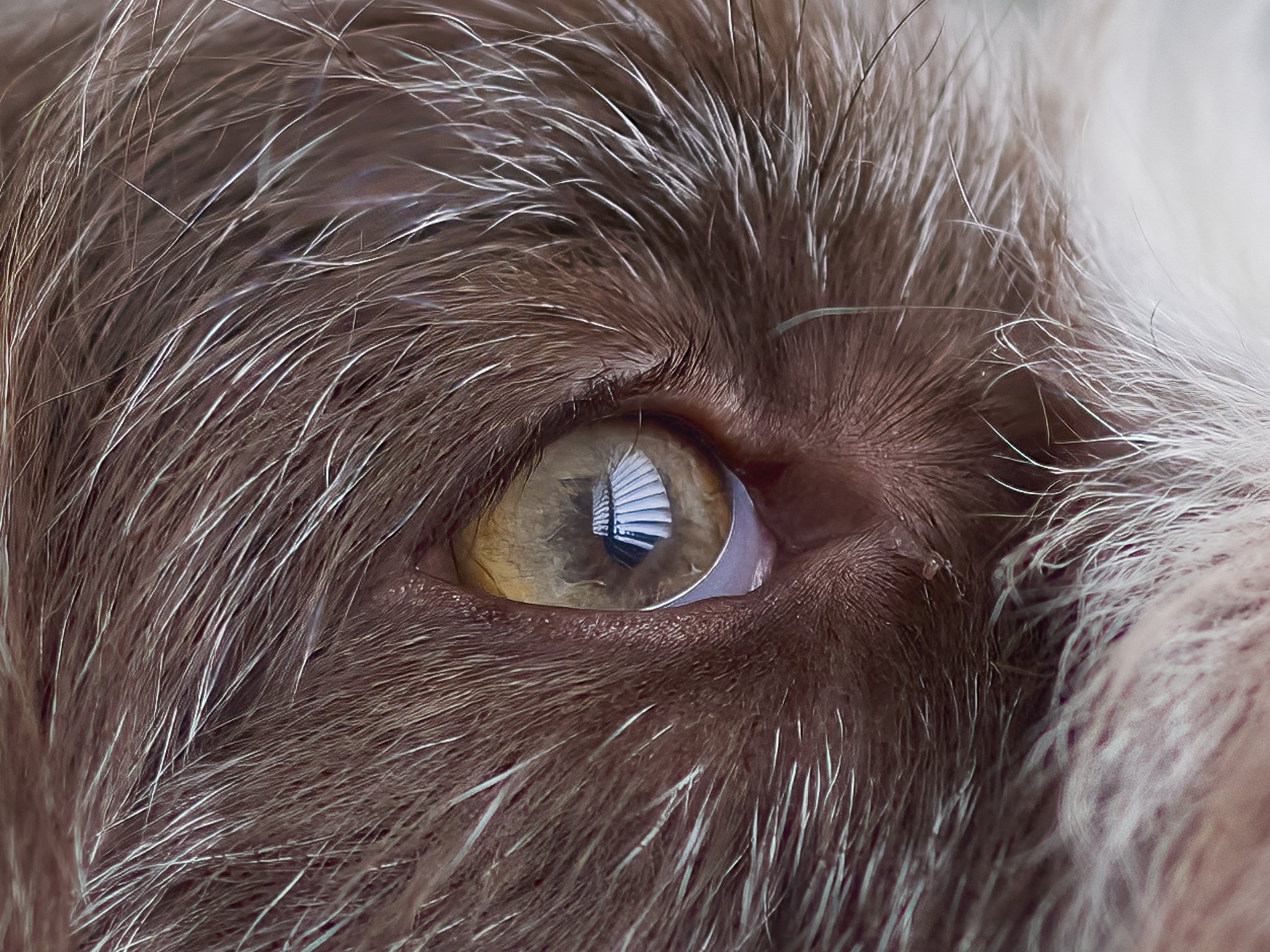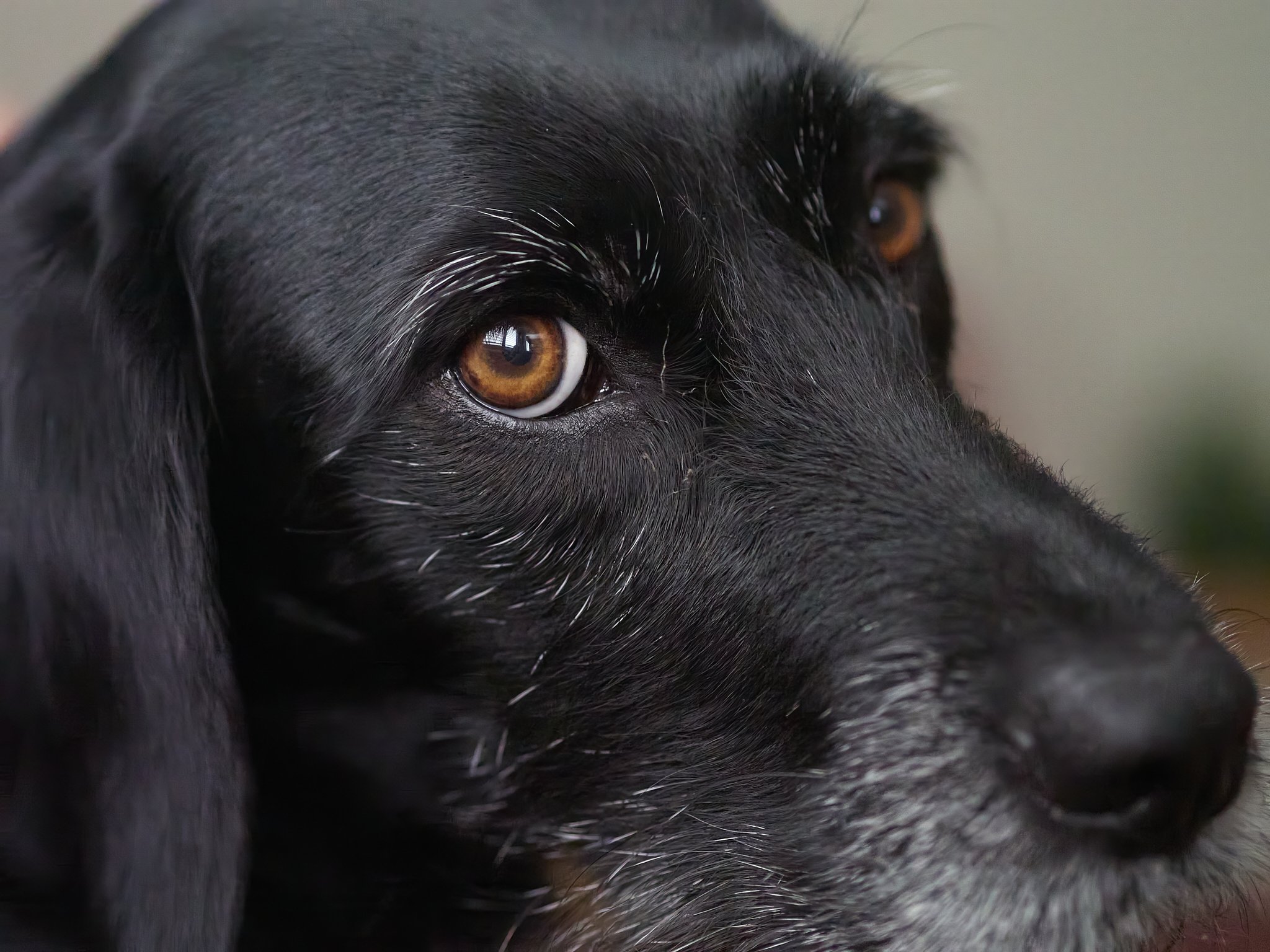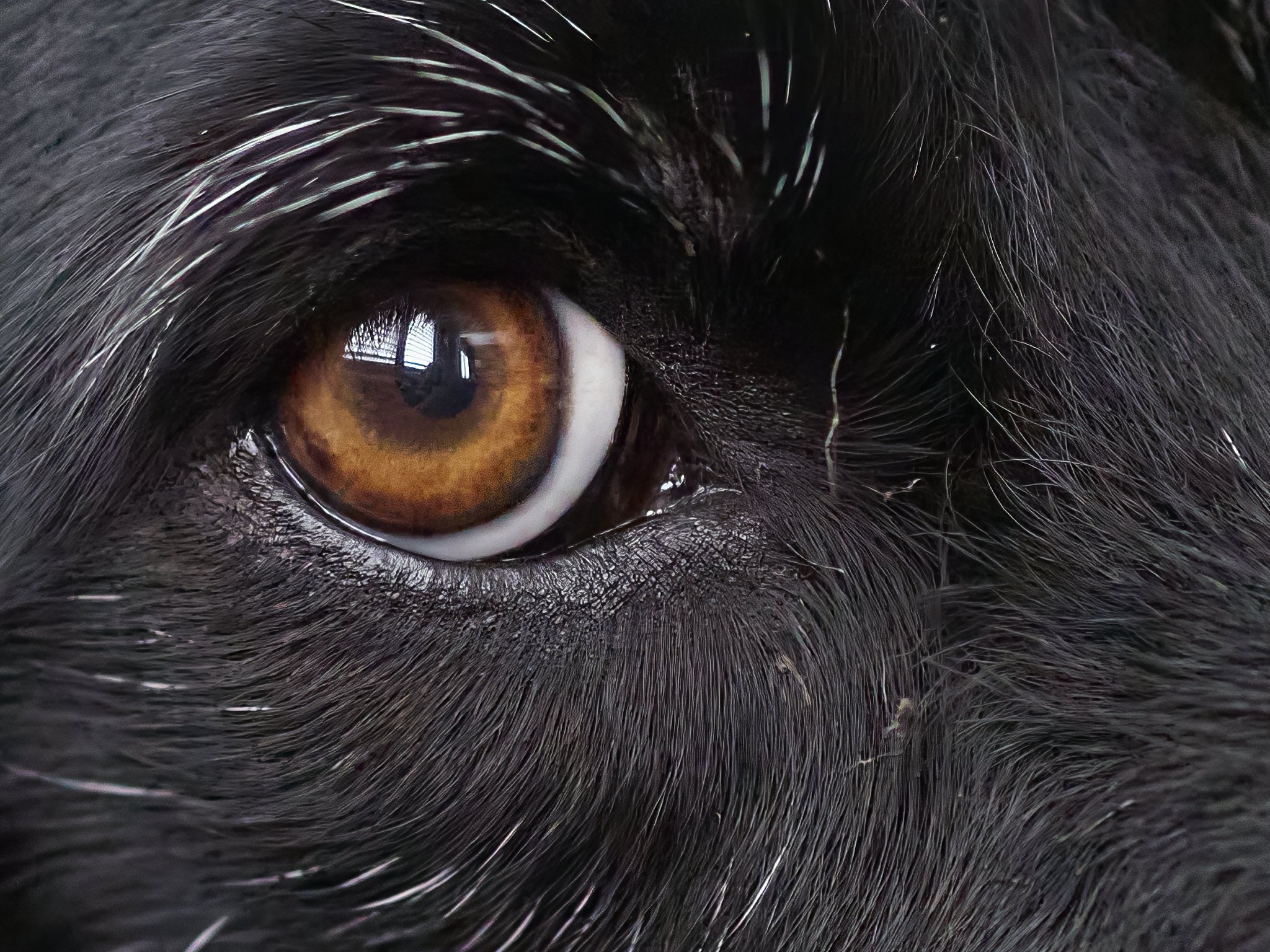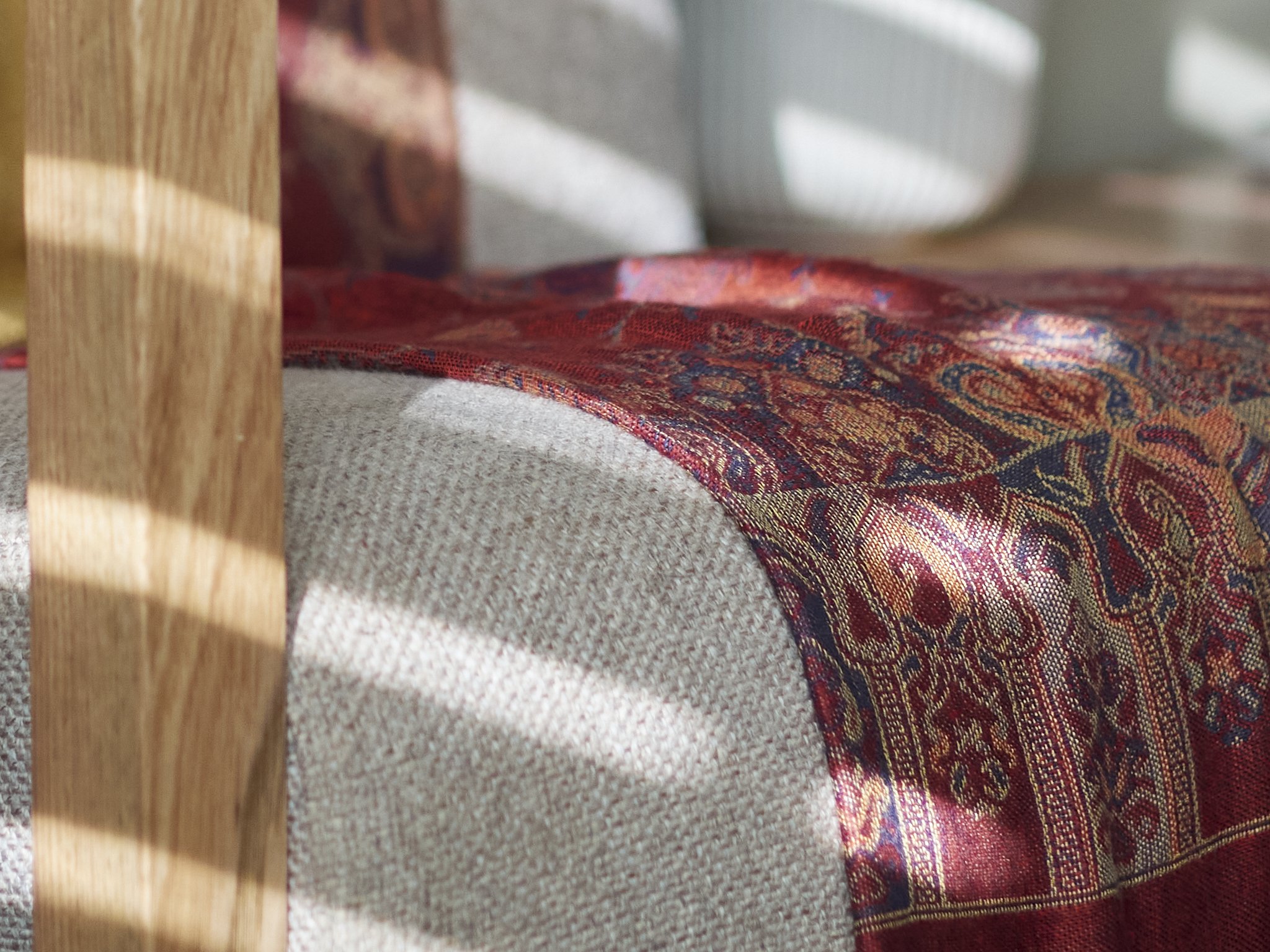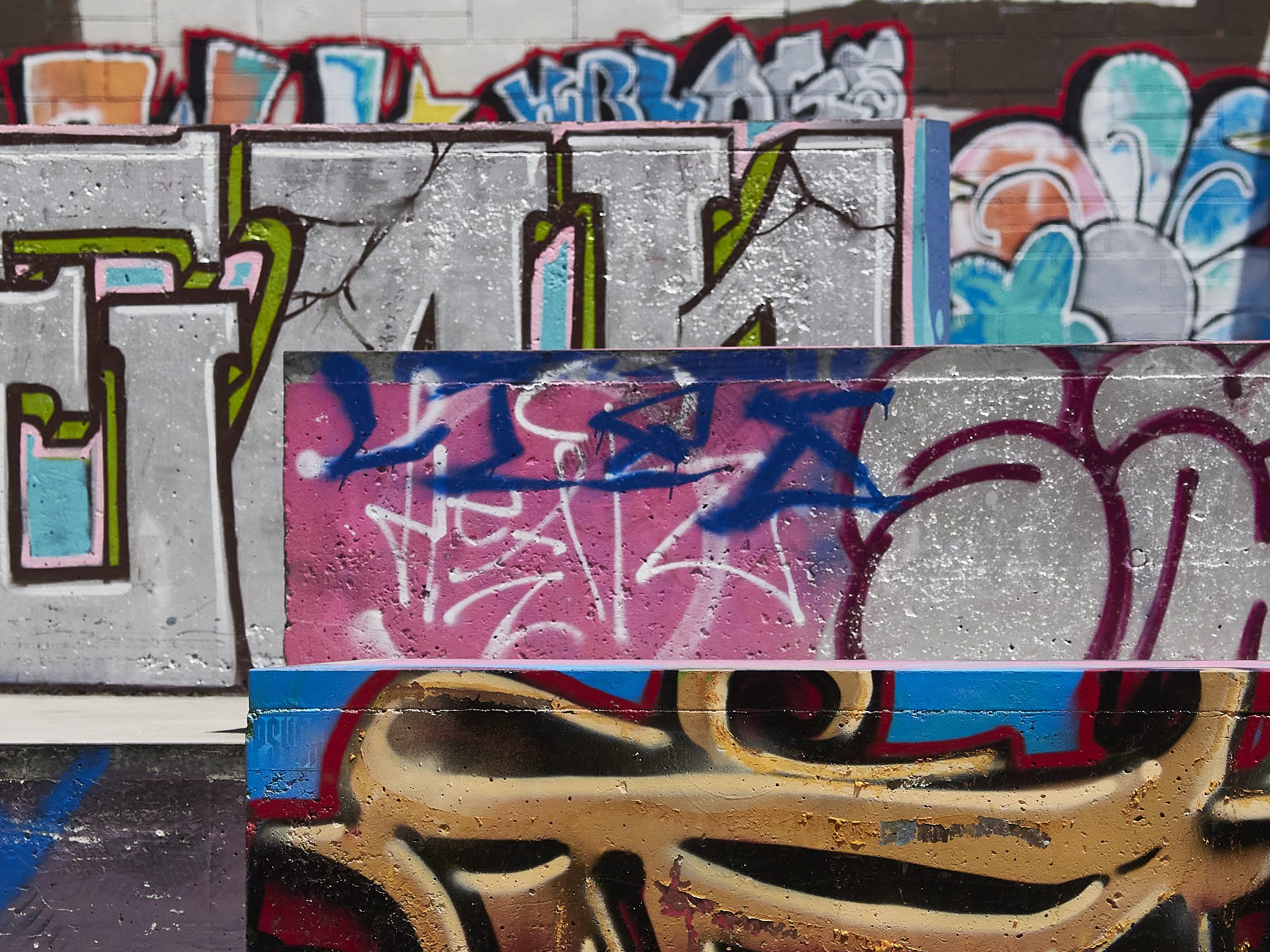Luc Forsyth does good videos on productivity, your journey, sage advice and the common things that block progress. Many do, but I find Luc and Mark Bone seem to cut to the point and define the process better and more relevantly than most (and have the work to back it up).
Spurred into action today to address the video block I am feeling and to make sure I am ready to go at short notice (possibly my own notice as inspiration hits).
I have;
A full frame kit built around the S5, using manual cine lenses and series audio gear. This was a sound buy and a bargain throughout, especially the lenses.
A second full frame kit built around the S5II with Lumix-S primes and the kit zoom for full frame hybrid work. Basically a self justifying kit. Bought the lenses, bought the camera to make them work at their best. All excess really.
A M43 kit built around the G9II, with a G9I as backup, designed to be my “movement” specialists with a 12-60 Leica and some M43 primes. The M43 route would have been fine and this is a good example of that, but timing sucked.
In the cine lens kit, there are also a pair of M43 lenses to match their operation and look.
There is a premium audio kit designed to record people, events and spaces, a Zoom based audio kit as a portable problem solver, the premium shotgun mic (MKE-600), it’s capable little brother, the any-kit mic (MKE-400) and a LAV set.
So, why then when I want to go and video something, as well as shoot it with stills, I tend to fall back on a battered G9I and the MKE-400, because I know them and they are with me.
Problem;
Too much gear segregated into specialist spaces, all requiring their own bags or cases, which in turn need a trolley to move. This tends to split jobs into (1) full video press-take everything at the expense of a stills kit or (2) possibly some light video, take some just in case, but only what fits in my day bag (see above).
I tend to pack things well and neatly, then they just sit.
The reality is for me, video comes in three shapes.
On the spot grabs because something presents itself, usually during a stills job. This needs rudimentary sound, but proper technique, so a ND filter, shotgun mic or Zoom recorder and a “proper” video camera (at least G9I).
Event video, that requires better-dedicated technique, cameras and attention to sound, which may vary, but must be at least better than ok.
An interview situation that needs lights and modifiers, multiple cameras, excellent sound with possibly out of the box solutions.
There is another, but I am not there yet;
4. Making a short film or documentary project etc.
Number 1 is sorted as easily as a few bits added to my day bag. This was my newspaper kit and it worked fine.
Number 2 is the most common dynamic and the one I feel I am just not prepared for. I currently have the G9II and the S5II in a roller case, with all their lenses, some cables, rigging bits (handles), filters.
This however still needs everything else, so another bag the 5.11, is loaded with the rest like, monitors, mat boxes, filters, rails, cabling etc. Still more bags and cases for each other field like sound and lighting.
As needed, the kit takes shape each job, but there is no clear kit and it shows when in the field with frustration, poor returns and a lack of creative clarity.
I had it with the paper, because it was limited, but now I want better results with a similar dynamic.
The solution;
Concentrate on a kit that will work, using the most practical and efficient combinations, ignore the rest until needed. basically act like I have not bought anything yet, just work with what I do have.
Beginner mind.
Bag first.
A backpack, so I can carry it with a shoulder bag for stills if needed, even ignore it back there if not needed.
The Lowe Pro ProTactic 350 AW, a bag I dislike, but low and behold it actually seems to fit this kit better than most other tasks it has been given and it is rugged. It also has the advantage of being accessible through four panels.
Camera.
The G9II, because it is my best all-round video solution, my best mover, focuser and has the highest bit rate and codec choices.
Memory.
A 1 TB SSD and a few cards as backup.
Lenses.
The Leica 12-60 because for the G9II, it seems the best fit. AF is smoothest, the stabiliser is lens assisted, the range is good and it is sharp and contrasty, but with that Leica magic so not too “contemporary”. I have the camera set to linear focus and 240 degrees.
The Sirui 24 Night Walker is next. This is a cine lens “lite”, with gorgeous handling and is my fastest lens at T1.2 (f1.1). The throw is shorter than the 7Artisan cine lenses, so it does not need a focus assist. There may be a 16mm added to this when it is released or an Anamorphic 24mm.
I also threw in a 45mm Olympus, because I have one spare, but that is very much optional as the 24 with electronic teleconverter does this fine.
Filters.
Filters are currently two sets, one for 62mm (the zoom), one 67 ND for the Sirui. I have more 67mm filters for the Pana kit, but these may find their way to this kit.
Sound.
This is not a priority for this kit, more about capturing action and places, but the MKE-400 is proven with the Holland M1 Larks as backup. I will likely add the Zoom H1n as an area recorder, for close, closer and wide. If I know I will need it, the MKE-600 can go in.
Rigging.
The G9II is more and more becoming a de-rigged camera which is part of the secret of this kit working, but there is a need for something.
It has a Black Mamba cage and a rail set with clamp for the SSD, a chest pad and a standard Neewer tripod attachment plate. I have added a top handle, but so far not used it.
I have another of these and the ability to extend it for a shoulder pad, but I am keeping it simple for now.
Lighting.
Not much, just the little Andoer led panel. The Amaran 60D and Weelite RB9 are both easily added, but like everything else, not part of the base kit. Lighting is not the point of this, it is the “as I find it” video kit.
Power.
This is the bit I was stressing a little, but the reality is, without a monitor* or complicated mics, this kit will be used for moving shoots, not long static recordings.
The Zoom kit uses a couple of small battery packs, the larger sound kit has full power packs.























